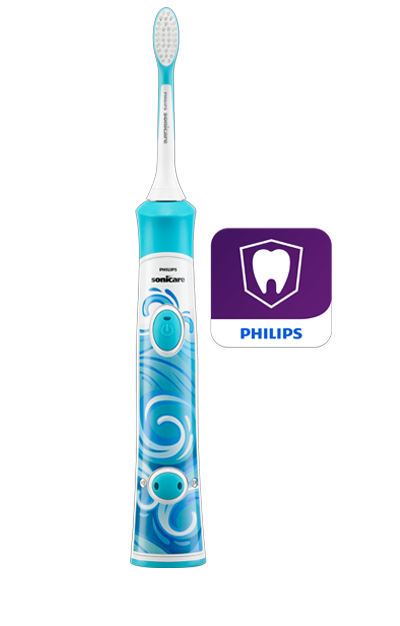 At the time of my son’s birth, my wife in all her new motherly excitement joined many of our local mom groups on Facebook. These groups have been an encouraging community to turn to for truly anything.
At the time of my son’s birth, my wife in all her new motherly excitement joined many of our local mom groups on Facebook. These groups have been an encouraging community to turn to for truly anything.
It wasn’t long until she noticed a common question popping up, “when is the right time to start using fluoride toothpaste for my little one?”She turned to me and said, “What should I write?” I think she was looking for a simple cut and dry answer; my actual response was “well it depends!”
Below I have broken it down into an easy fluoride cheat sheet. What is it, why do we need it, and when and how to use it?
What is Fluoride?
Fluoride is a naturally occurring mineral, easily dissolved in water and found in varying amounts in rivers, lakes and oceans.
Why do we need Fluoride?
When it comes to teeth, fluoride is absorbed into microscopic areas that recently lost mineral (from the cavity process) and rebuilds a stronger, more resistant outer layer of tooth. Halton and Hamilton community water is fluoridated to an optimal amount.Drinking fluoridated water and brushing with fluoridated toothpaste at least daily are perhaps the most effective methods in reducing dental cavities in children.
When to start using Fluoride for Little Ones?
The decision when to use fluoride and how much to use is based on a risk assessment and is unique for each young patient.When determining the risk-benefit of fluoride, the assessment is mild discoloration of adult teeth versus preventing devastating dental disease. Professional fluoride treatments at the dentist are recommended for all children at risk of cavities. Your pediatric dentist will do this risk assessment at each visit and will determine when it is time to start using fluoride toothpaste and when fluoride treatment at the dental office is a necessity. So you see why my answer was it depends!
How to use Fluoride?
Use no more than a ‘rice-size’ amount of fluoridated toothpaste for children less than three years of age and no more than a ‘pea-size’ amount for children aged three to six, twice daily for all children.Most toothpastes sold in Canada have a standard concentration of fluoride, irrespective of flavor, or whether marketed for children, adults or sensitive teeth. Frankly, it doesn’t matter which brand toothpaste you and your children use, just use one!
Quick Facts on Dental Decay:
· Tooth decay is the single most common chronic disease in children and adolescents, 5 times more common than asthma, and 7 times more common than hay fever.
· Research has shown that fluoridated drinking water greatly reduces the number of cavities in children.
The clearest answer on when to start using fluoridated toothpaste is tohave your child’s pediatric dentist assess their cavity risk. It is this assessment that will determine the earliest or latest timelines to introduce fluoridated toothpaste into your child’s daily dental care routine.







